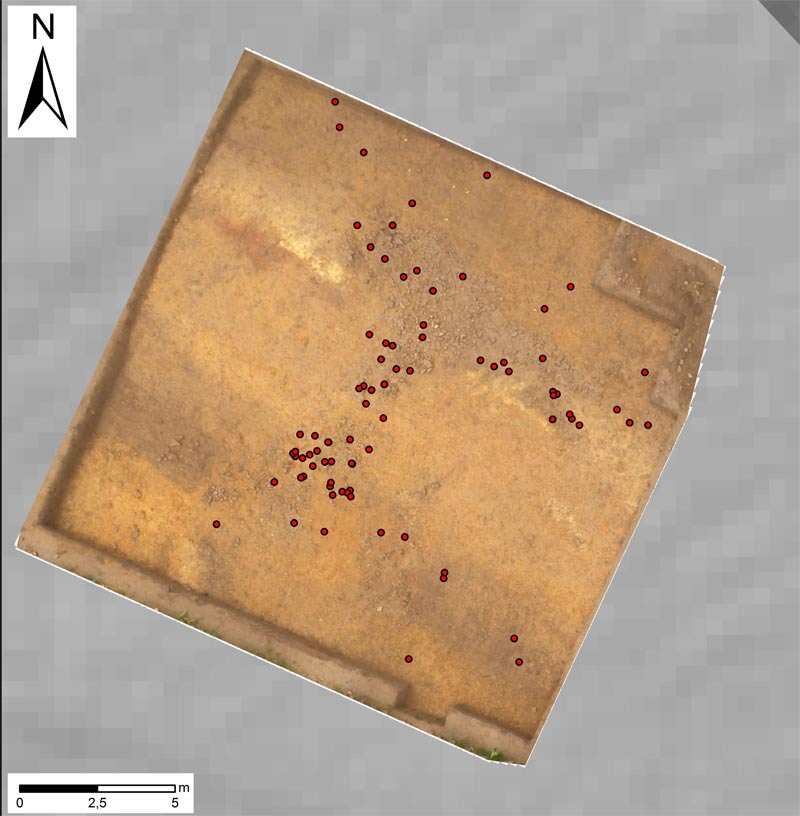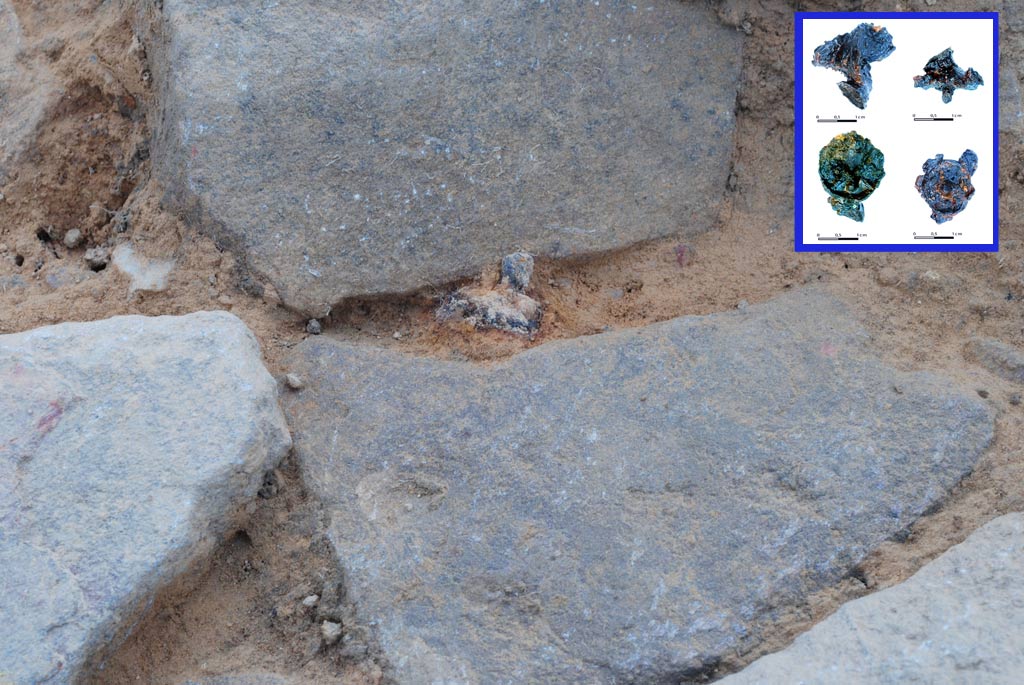
Researchers knew about the large site - close to the German town of Hermeskeil, near the French border - since the 19th century but lacked solid evidence about what it was. Parts of the fort also had been covered up or destroyed by agricultural development.
"Some remains of the wall are still preserved in the forest, but it hadn't been possible to prove that this was indeed a Roman military camp as archaeologists and local historians had long suspected," researcher Sabine Hornung, of Johannes Gutenberg University of Mainz (JGU), said in a statement.
Hornung and her team began work on the site in March 2010, first mapping the fort's dimensions. They found that the military base was made up of a rectangular earthwork enclosure with rounded corners, covering about 45 acres (182,000 square meters). They also found an 18-acre (76,000-square-meter) annex that incorporated a spring, which may have supplied water to the troops.

The fort is just 3 miles (five kilometers) from an Celtic settlement once inhabited by the Treveri tribe. That ancient town had monumental fortifications known as the "Hunnenring" or "Circle of the Huns," but was abandoned around the middle of the first century B.C. The discovery of the nearby Roman fort hints that the Treveri tribe's flight likely was linked to Caesar's troops moving in.
"It is quite possible that Treveran resistance to the Roman conquerors was crushed in a campaign that was launched from this military fortress," Hornung said.
The findings have been published in the German journal Archäologisches Korrespondenzblatt.



Reader Comments
due to celti not unifying. Cesar's greed and Vercingatorix' defeat led to excessive European nationalism and subsequent global colonialism from which the world is still reeling.
how different it would have been if a unified Europe had existed from 1000 BC. One wonders if the world has taken note of how Greek elite greed and the landless wandering men it created led to the Roman preoccupation with wealth, their militarized young men and subsequent miring in world armed expansionism.